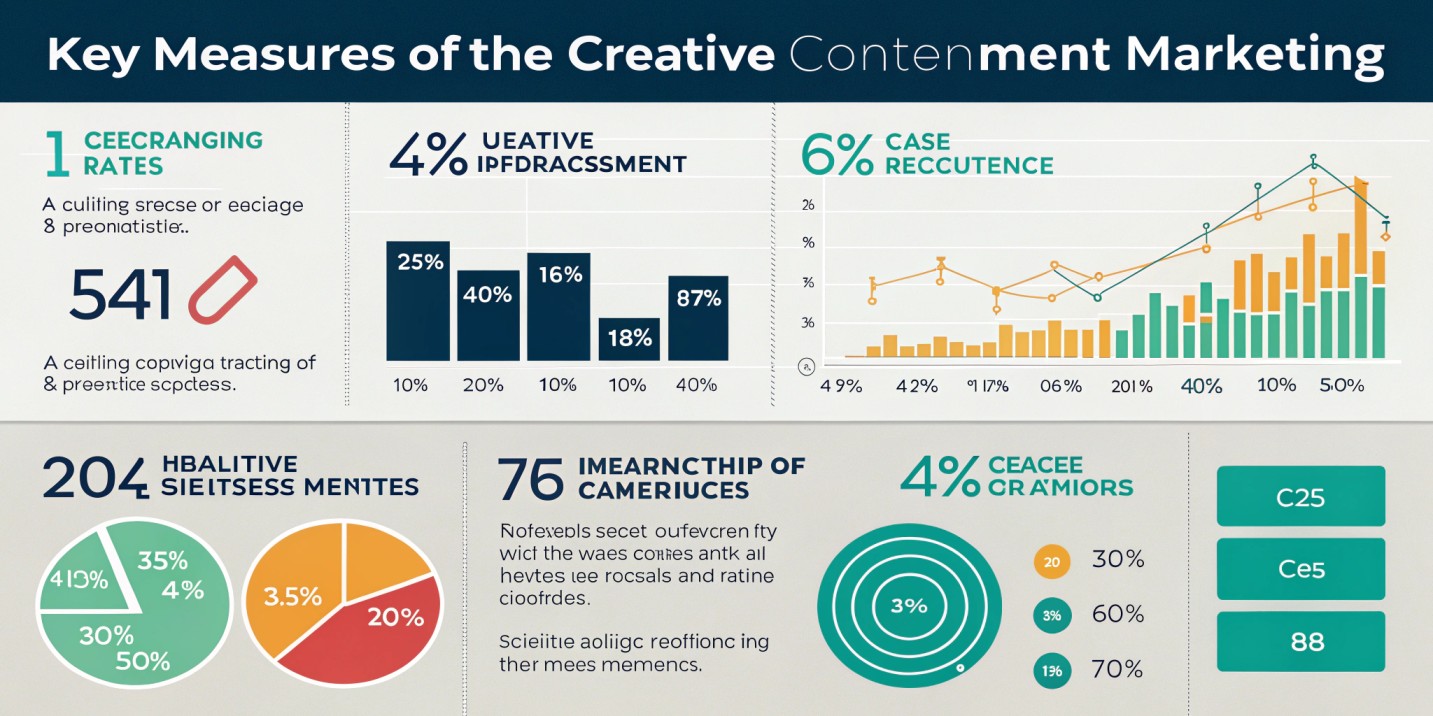
Understanding SEO Basics
Search Engine Optimization (SEO) is a crucial skill for bloggers aiming to enhance their content’s visibility in search engine results. At its core, SEO involves a series of strategies and techniques utilized to increase both the quality and quantity of website traffic through organic search engine results. To effectively implement SEO, it is essential to comprehend how search engines function. When a user inputs a query, search engines like Google employ complex algorithms to sift through billions of web pages and rank them according to relevance and authority.
One of the fundamental components of SEO is keyword research. Keywords are phrases or words that users enter into search engines, and understanding these terms is vital for content creation. Targeting the right keywords enables bloggers to align their content with what potential readers are searching for, thereby increasing the likelihood of attracting relevant traffic. Incorporating these keywords naturally into blog posts, such as in headings, subheadings, and throughout the body text, enhances relevance without compromising readability.
Moreover, the importance of both on-page and off-page SEO cannot be overstated. On-page SEO refers to optimizing individual pages, including aspects like title tags, meta descriptions, and internal links, which contribute to better visibility in search results. On the other hand, off-page SEO encompasses external factors, such as backlinks from reputable sites, which boost a blog’s credibility and authority. Effective integration of both types of SEO practices can significantly improve a blog’s ranking.
In addition to keywords and link-building strategies, understanding user intent and providing high-quality, informative content is essential for successful SEO. By delivering valuable information that meets users’ needs, bloggers can foster engagement and encourage return visits, further enhancing their online presence. Comprehending these SEO basics is the cornerstone of producing blog posts that not only rank well but also resonate with an audience.
Conducting Keyword Research
Keyword research is a foundational element in the realm of blogging, serving as a compass for content creation. It involves identifying the specific terms and phrases that potential readers type into search engines when looking for information. To begin this process, it is essential to utilize various methods to unearth relevant keywords that align with your blog’s objectives.
One effective approach is to use keyword research tools such as Google Keyword Planner, Ahrefs, or SEMrush. These tools provide valuable insights into search volume, competition, and trending topics. By entering seed keywords related to your niche, you can generate a list of associated keywords, which helps in understanding what potential readers are actively searching for. Furthermore, analyzing long-tail keywords—phrases typically consisting of three or more words—can help capture targeted traffic and create more focused content.
Moreover, examining competitors’ content offers invaluable insight into their keyword strategies. By identifying the keywords they target and analyzing their content’s performance, you can pinpoint gaps in their strategy that your blog could capitalize on. For instance, if competitors overlook certain queries or fail to address specific reader concerns, this presents an excellent opportunity for you to create well-informed blog posts that rank higher.
When selecting keywords for your blog posts, consider relevance, search intent, and competitiveness. Keywords should reflect what your target audience seeks while being highly relevant to the topic at hand. Striking a balance between high search volume and manageable competition will enhance your content’s visibility in search results. Prioritizing a well-researched keyword strategy not only aids in efficiently attracting readers but also ensures that the content resonates with their needs.
Crafting High-Quality Content seo
Creating high-quality blog content is vital for attracting and retaining readers while also enhancing search engine rankings. To achieve this, a unique perspective is essential. Readers are inundated with information, and they gravitate toward content that offers fresh insights or innovative viewpoints. Writing from personal experiences or presenting a subject matter in an unconventional way can differentiate your blog posts from the multitude of others on the same topics.
Storytelling is another potent tool for engaging your audience. Well-crafted narratives not only capture attention but also evoke emotions, making the information more memorable. By weaving facts and data into a cohesive story, you can transform standard blog posts into compelling reads that resonate with audiences. Additionally, employing a friendly yet professional tone can help establish a connection, making readers feel more invested in your content.
Formatting plays a crucial role in improving readability. Utilizing headings, bullet points, and short paragraphs can facilitate smoother navigation through your content. Readers are often scanning for key information; therefore, the inclusion of subheadings can guide them to sections that interest them the most. This encourages longer time on the page, which is favorable for search engines.
Incorporating visuals, such as images, infographics, or videos, can enhance comprehension and retention of your content. Visual elements break up text, offering a reprieve for readers and maintaining their interest. Furthermore, research suggests that blog posts featuring visuals are shared more frequently, thus increasing exposure and potential traffic.
Content length, relevance, and depth are pivotal factors in crafting high-quality blog posts. Extensive research has shown that longer, in-depth articles tend to perform better in search rankings. However, this should be balanced with relevance; every piece of content should provide significant value to meet the expectations of your audience while addressing their needs effectively.
Promoting and Measuring Success
To ensure that your blog posts reach their intended audience and achieve maximum visibility, implementing a robust promotion strategy is essential. One effective channel for distributing content is social media. By sharing your posts across platforms such as Facebook, Twitter, Instagram, and LinkedIn, you not only broaden your reach but also engage with potential readers in a more personal manner. Tailoring your message to fit the unique style of each platform can significantly enhance the effectiveness of your promotions. For instance, using eye-catching images for Instagram or engaging, concise updates for Twitter can attract more attention.
Email marketing is another powerful tool in your promotional arsenal. By building and maintaining a subscriber list, you can share each new blog post directly with readers who have already expressed interest. Crafting compelling email newsletters that summarize your latest content, along with strong calls to action, can drive traffic back to your blog, thereby increasing engagement levels and encouraging readers to interact with your posts.
Collaboration with other bloggers or influencers also presents an excellent opportunity for promoting your content. By guest posting on each other’s blogs or mentioning one another in relevant articles, both parties can benefit from increased exposure and shared audiences. Leveraging an influencer’s established credibility can introduce your blog to their followers, significantly expanding your readership.
Once your blog posts are live, measuring their performance is key to refining your approach. Tools like Google Analytics offer invaluable insights into your blog’s traffic, engagement rates, and conversion metrics. By analyzing which posts attract the most visitors, retain reader interest, or convert leads, you can identify successful strategies and areas for improvement. Regular analysis of these metrics will enable you to optimize future blog writing, ensuring a continuous cycle of enhancement based on data-driven insights.

